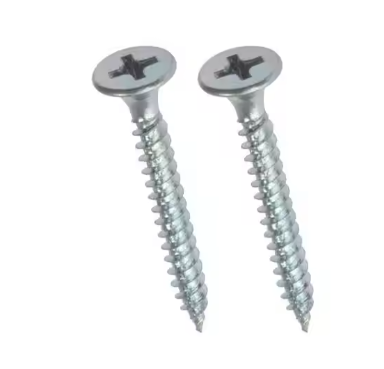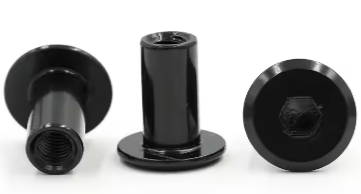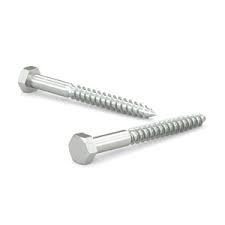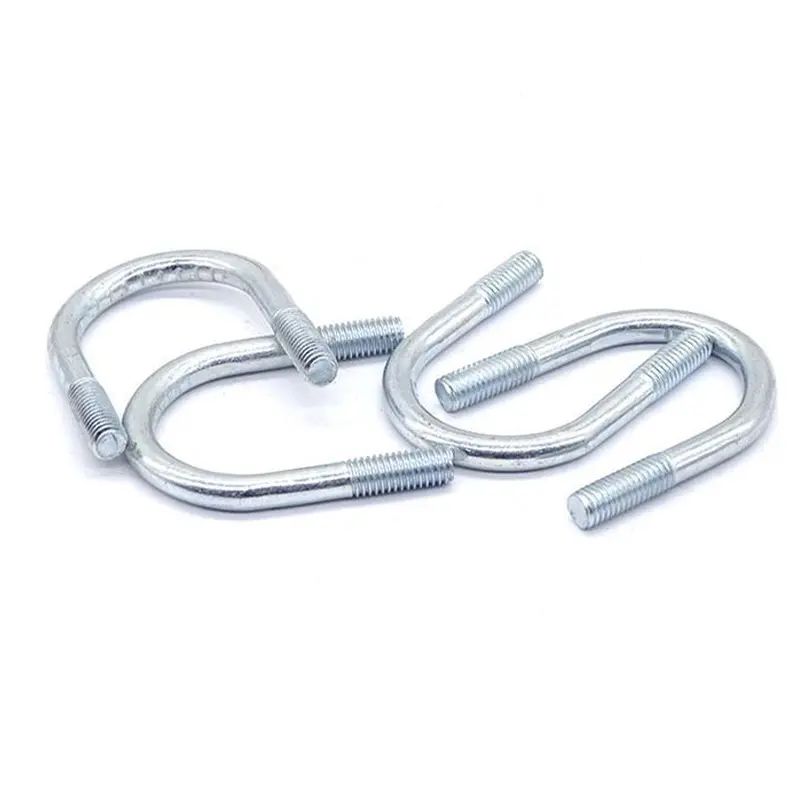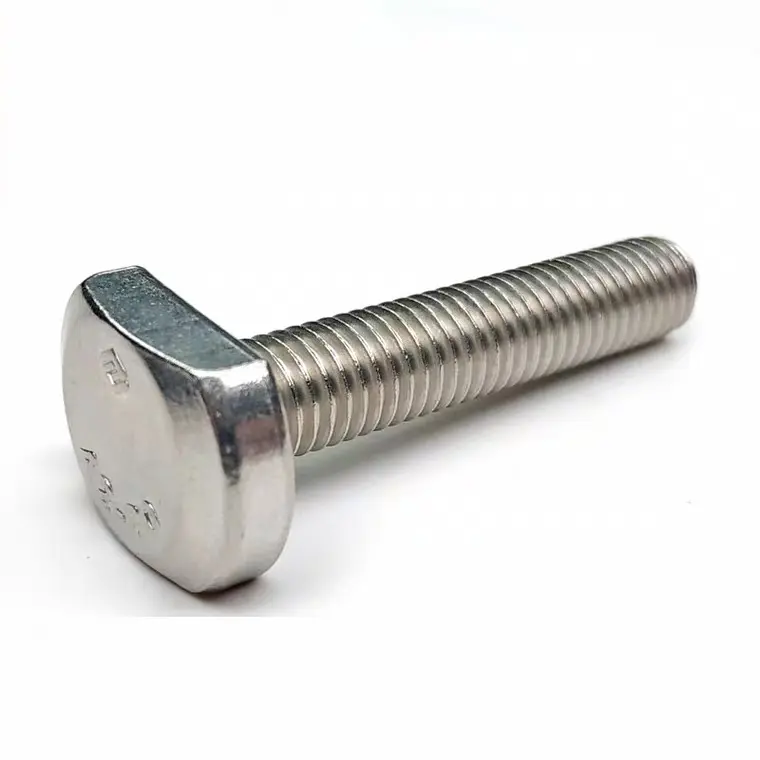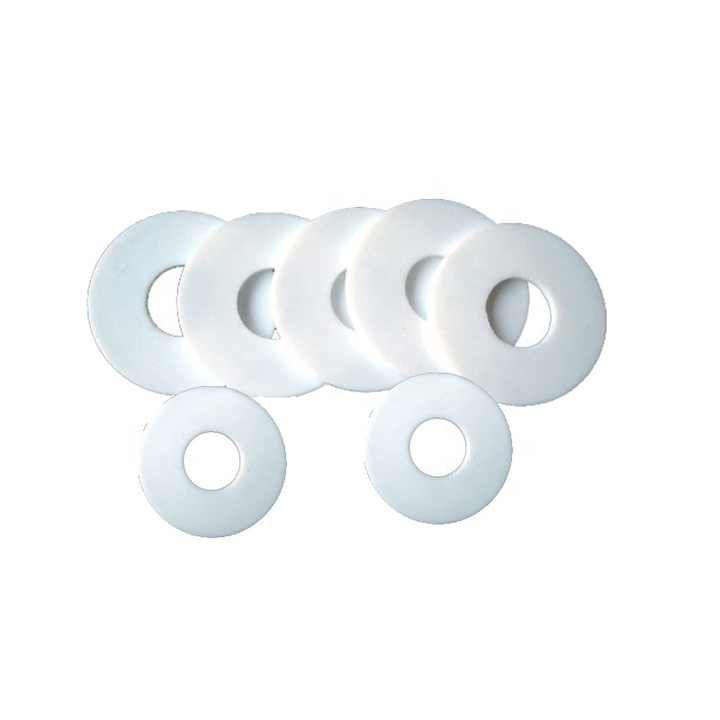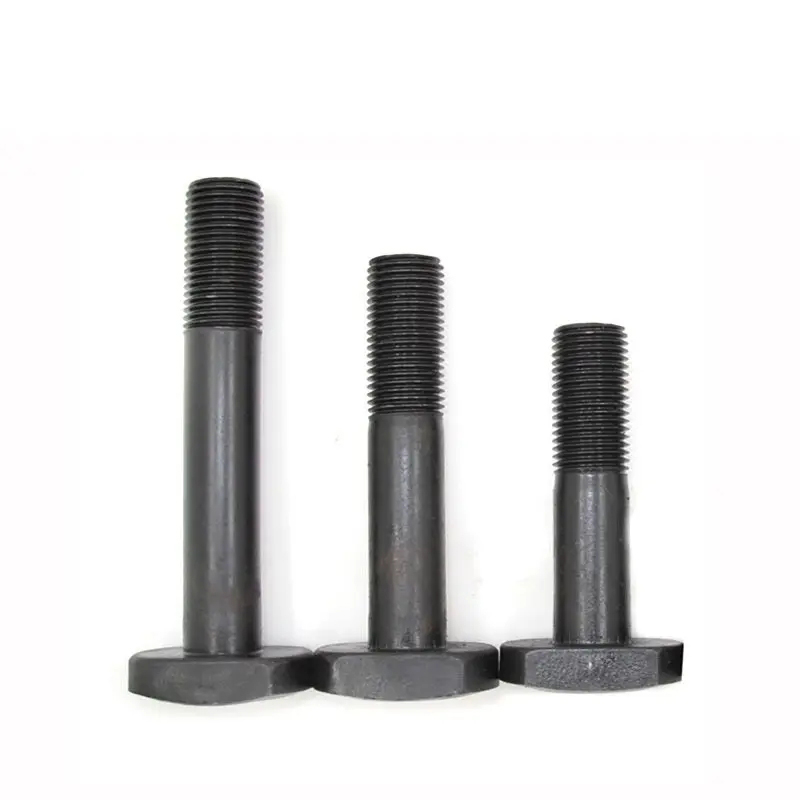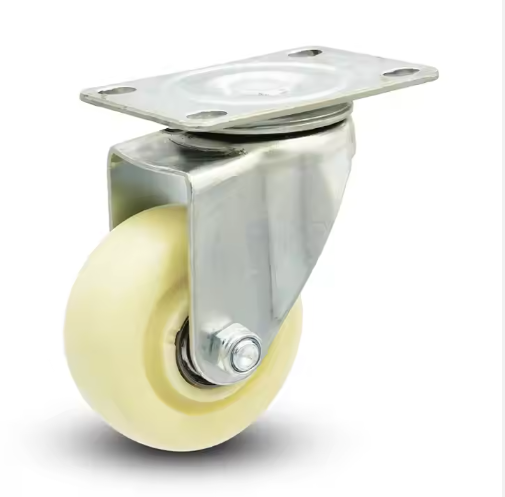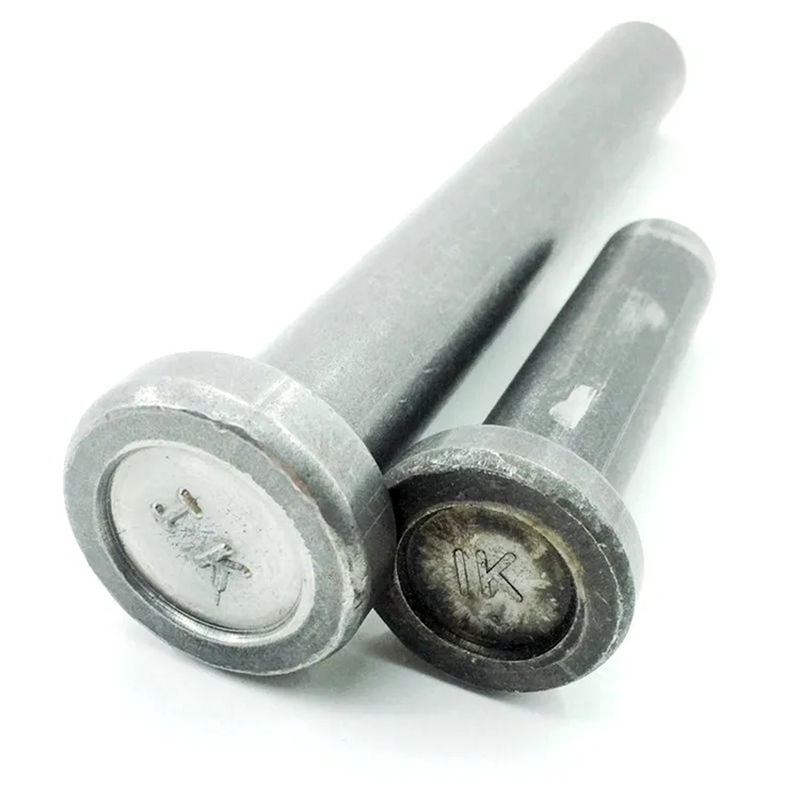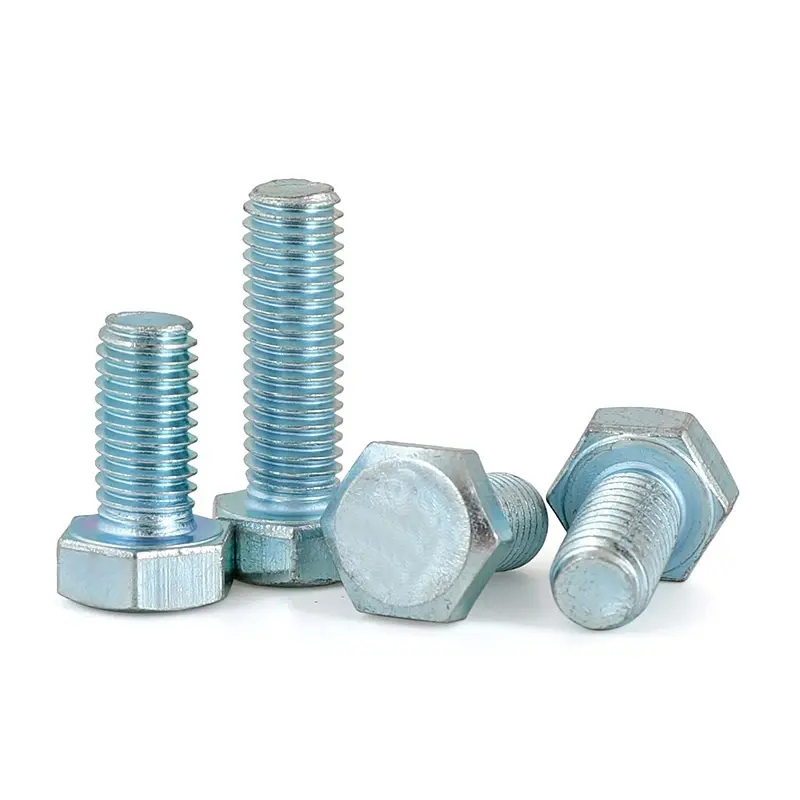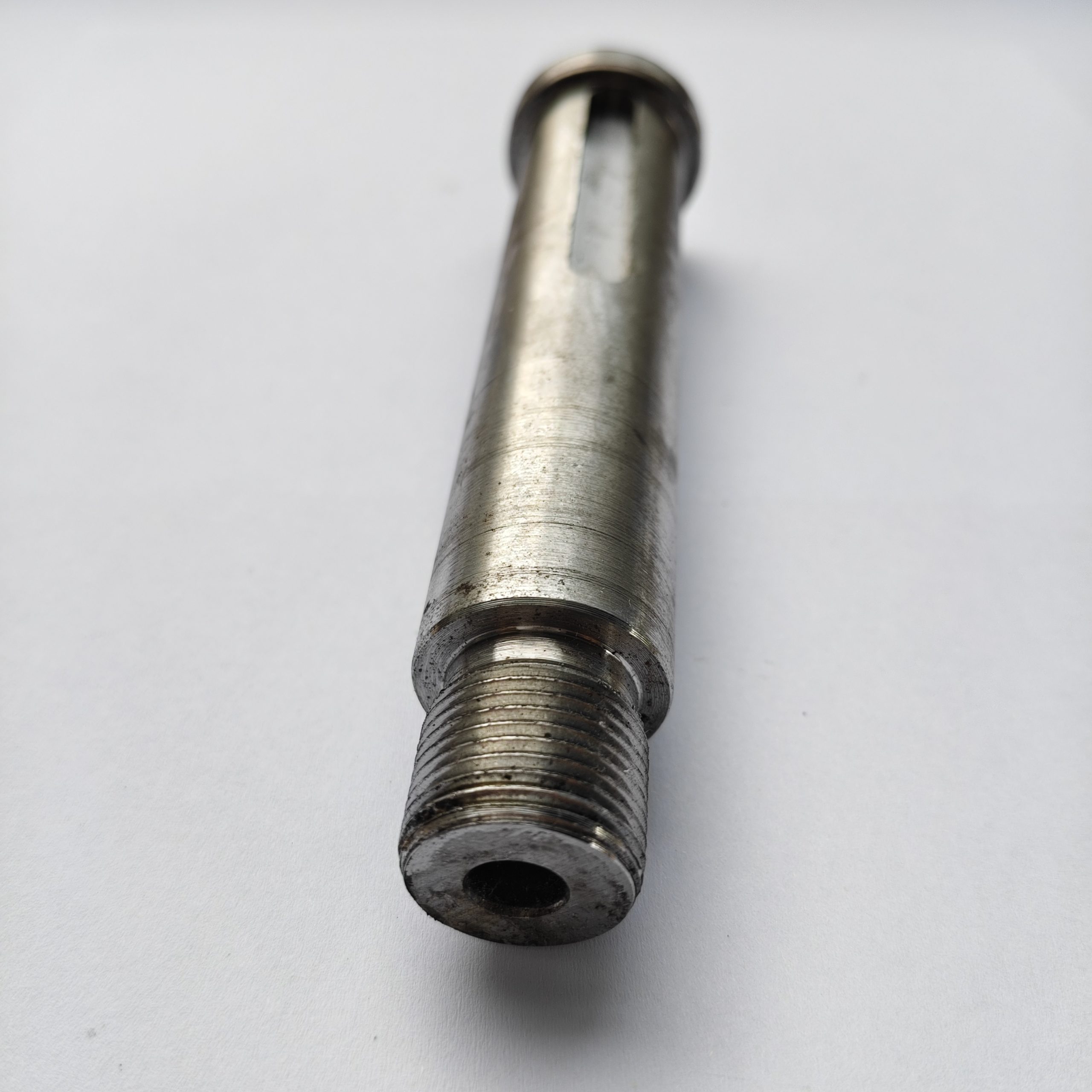

Finding the Right Non-Standard Parts Factories for Your NeedsThis guide helps you navigate the complexities of sourcing non-standard parts, providing insights into selecting the right factories and ensuring a successful manufacturing partnership. We explore factors like design considerations, material choices, and quality control, ultimately guiding you toward a reliable and efficient production process.
The manufacturing world often demands components beyond the readily available standard parts. When you need customized solutions, finding the right non-standard parts factories becomes crucial. This guide delves into the key considerations for selecting a manufacturer capable of meeting your specific requirements for unique and complex components. Whether it’s intricate metalwork or specialized plastic moldings, understanding the nuances of this process can significantly impact your project's success.
Before approaching any non-standard parts factories, meticulously define your needs. This involves creating detailed specifications that include precise dimensions, tolerances, material requirements, surface finishes, and any other crucial characteristics. Ambiguity can lead to costly rework and delays. Consider using CAD drawings or 3D models to ensure clear communication with potential manufacturers. The more information you provide upfront, the smoother the manufacturing process will be.
Choosing the right material is critical for functionality, durability, and cost-effectiveness. Factors like strength, weight, corrosion resistance, and thermal properties should inform your material selection. Common materials for non-standard parts include various metals (steel, aluminum, brass, etc.), plastics (polypropylene, nylon, ABS, etc.), and composites. Consult with engineering professionals or materials scientists to ensure optimal material selection for your specific application.
Not all factories possess the expertise to handle non-standard parts. Look for manufacturers with proven experience in producing similar components. Check their portfolio for evidence of successfully completed projects involving intricate designs and challenging materials. Inquire about their manufacturing processes, equipment, and quality control measures. A thorough evaluation will help you identify a factory with the right capabilities and capacity to meet your demands.
Quality control is paramount when dealing with non-standard parts. A reliable manufacturer will implement rigorous quality checks throughout the production process, including inspections of raw materials, in-process monitoring, and final product testing. Ask about their quality assurance procedures and certifications (e.g., ISO 9001). Request samples for inspection before committing to a large order. Consider visiting the facility if feasible to witness their operations firsthand. A strong emphasis on quality will prevent costly defects and ensure the reliability of your components.
Effective communication and efficient logistics are critical for a successful manufacturing partnership. Choose a factory with clear communication channels and a willingness to collaborate throughout the process. Discuss lead times, shipping methods, and any potential delays proactively. Clear and consistent communication can prevent misunderstandings and delays.
One example of a successful partnership involved a client requiring highly customized brass components for a specialized piece of equipment. By providing detailed CAD drawings and collaborating closely with a chosen manufacturer, the client ensured precise manufacturing according to their specifications. This resulted in high-quality components delivered on time and within budget.
Numerous resources can assist in locating suitable non-standard parts factories. Online directories, industry publications, and trade shows provide valuable leads. Remember to thoroughly vet potential manufacturers before making a decision. Factors like pricing, lead times, and communication responsiveness should all play a role in your final selection.
For high-quality metal products, consider exploring options like Hebei Dewell Metal Products Co., LTD, a reputable manufacturer with expertise in various metalworking processes. Their commitment to precision and customer satisfaction can help you find the ideal solution for your non-standard parts needs.
| Factor | Importance | Evaluation Method |
|---|---|---|
| Manufacturing Capabilities | High | Review portfolio, ask for references |
| Quality Control | High | Request certifications, sample inspection |
| Communication | Medium | Assess response time and clarity |
| Logistics | Medium | Discuss shipping methods and lead times |
| Pricing | High | Compare quotes from multiple suppliers |
By following these steps, you can effectively navigate the complexities of sourcing non-standard parts and establish a successful partnership with a reliable manufacturer.

